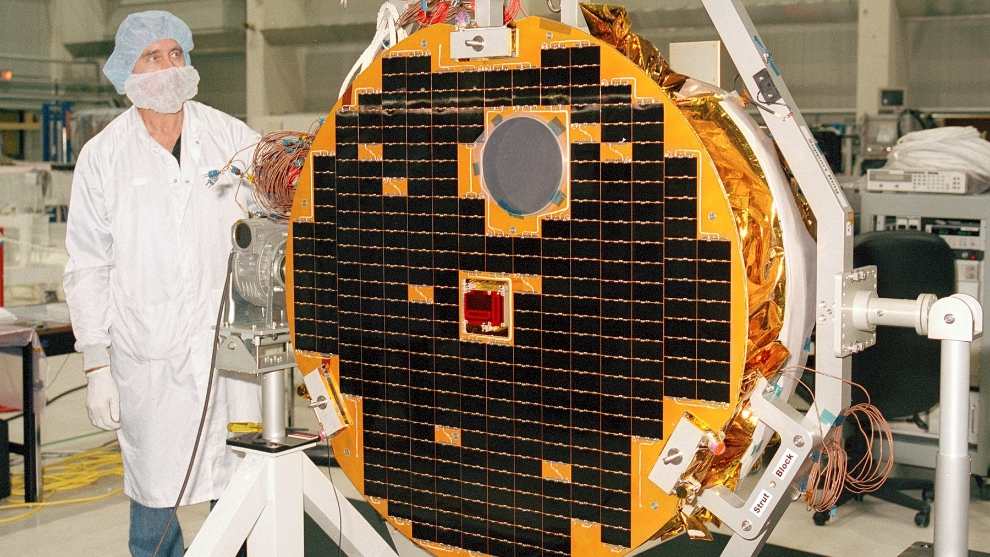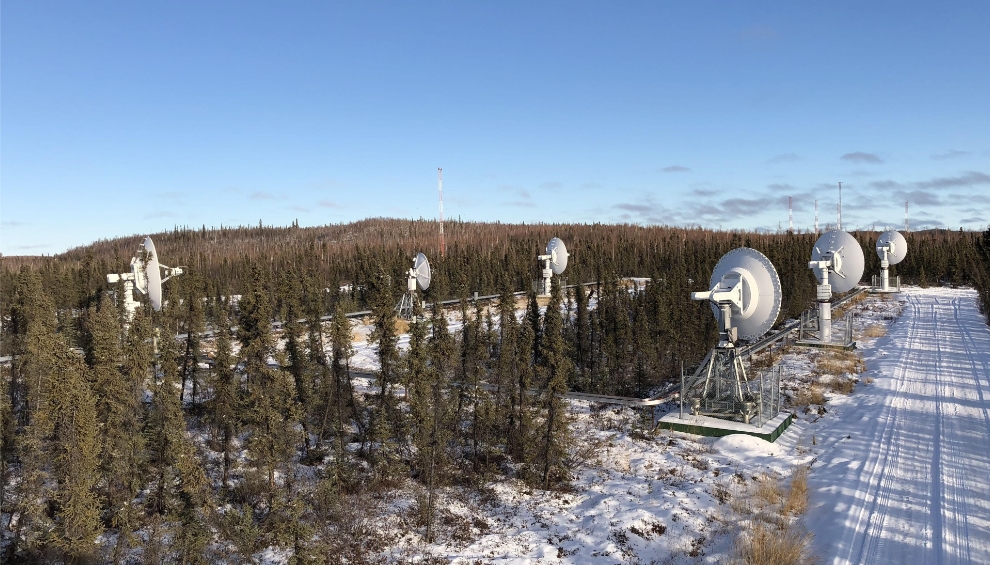At the recently completed 12th Meeting of the Ozone Research Managers in Geneva, Canada submitted its national report which included data from the Canadian Space Agency (CSA)’s SCISAT satellite and the Canadian OSIRIS instrument onboard the Swedish Odin satellite.
The Meeting of the Ozone Research Managers is a result of the of the 1985 Vienna Convention for the Protection of the Ozone Layer and the subsequent and the Montreal Protocol on Substances that Deplete the Ozone Layer was ratified in 1987.
The Ozone Research Managers meet every three years and “six months prior to the Meeting of the Conference of the Parties to the Vienna Convention” according to the United Nations. The first meeting Ozone Research Managers was in March, 1991.
According to the CSA the “protocol is the only United Nations (UN) treaty to have been ratified by every country in the world. Since then, it has become the main strategic framework for countries working together to protect the ozone layer by phasing out the use of ozone-depleting substances.”
The CSA states that the SCISAT satellite has released “five mission datasets” over 20 years, with the latest release in 2023. And with each dataset release there’s been improvements to the “data production algorithm” leading to better data quality. SCISAT is funded through 2026.
Along with the report, Canada made three plenary presentations and are available to download. They were:
- The World Ozone and Ultraviolet Radiation Data Centre (WOUDC) – Data reporting and archiving, Sum Chi Lee, Environment and Climate Change
- Region 4: Canada, Sum Chi Lee, Environment and Climate Change Canada
- Polar regions: Antarctica and the Arctic, Thomas McElroy, York University, Canada
The 22 page Canadian National Report cane be dowloaded on the UN website or you can download it or read online below.



